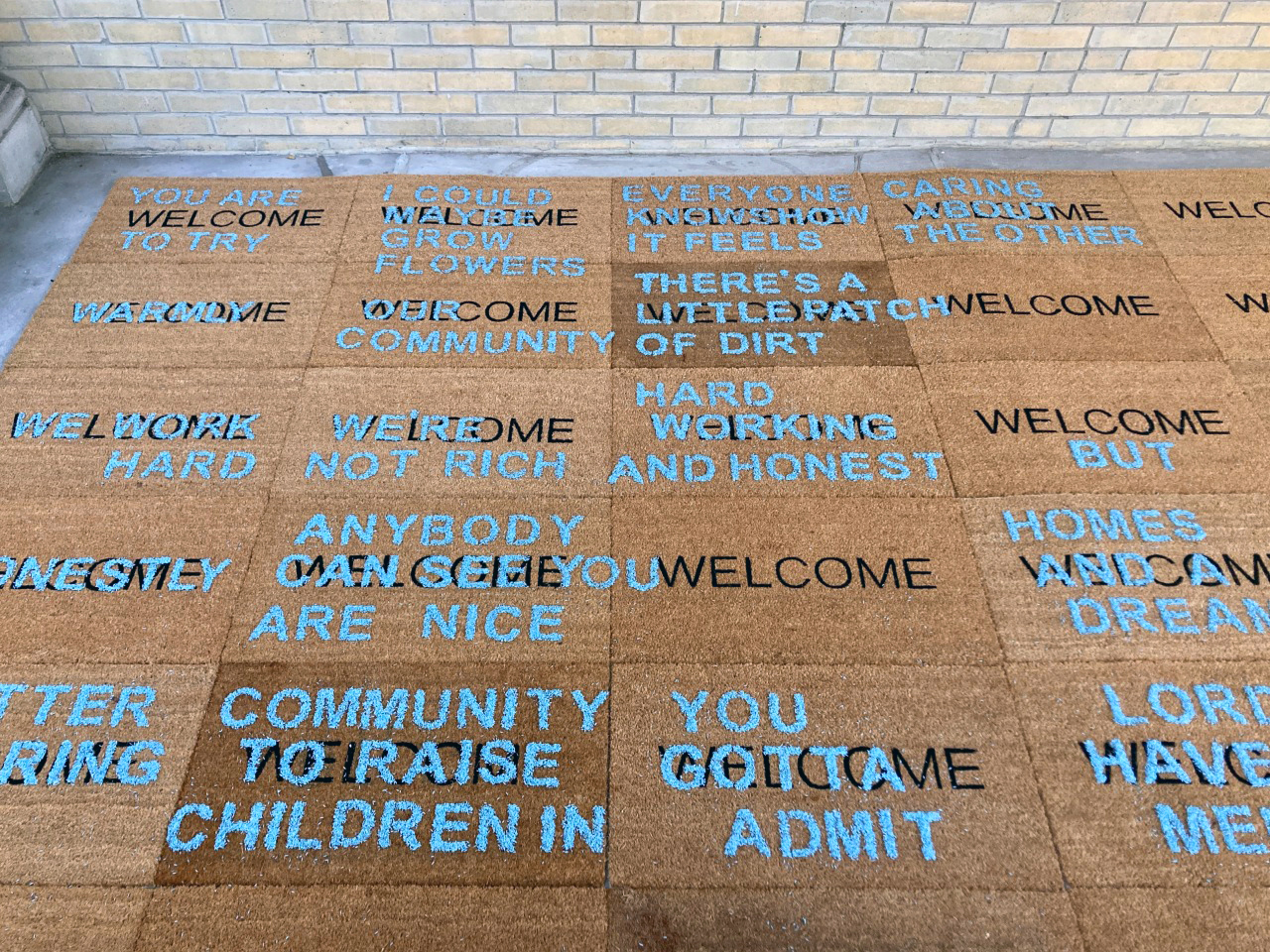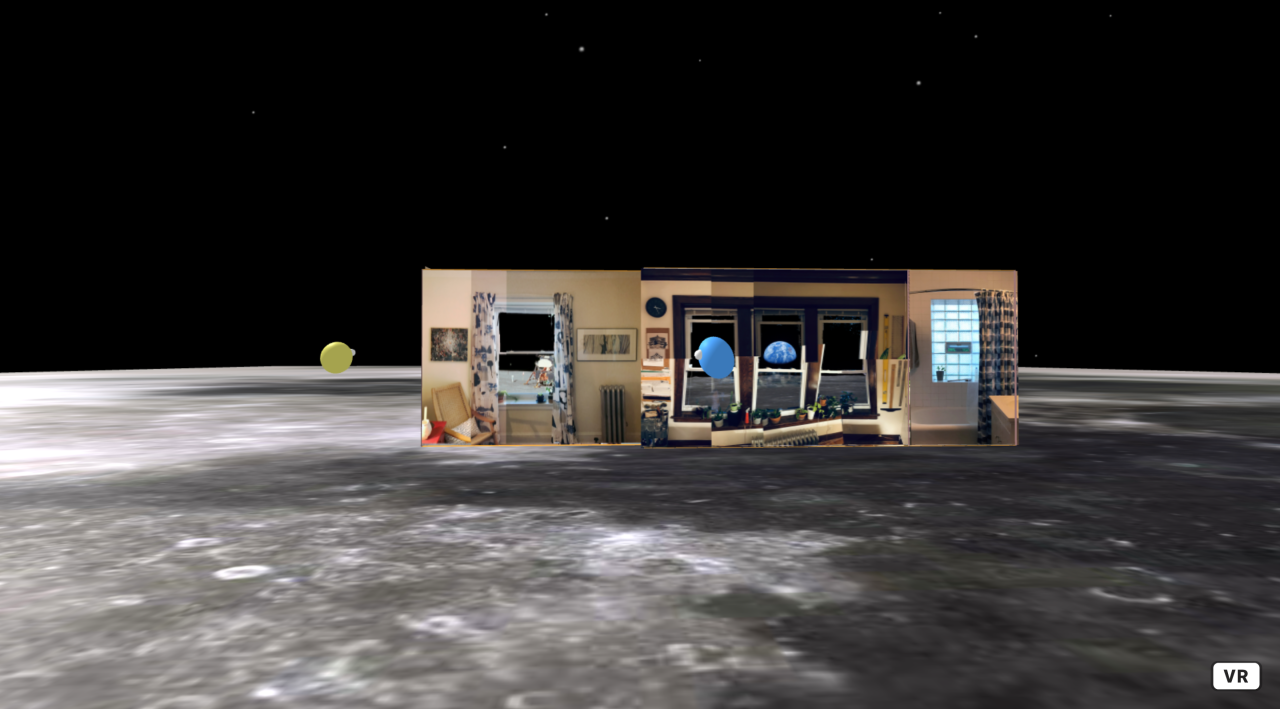for spacious skies
2022The entire history of Quattrocento perspectives is only ever a story of struggle, of the battle of geometers vying to make us forget the ‘high’ and the ‘low’ by pushing the ‘near’ and the ‘far’, a vanishing-point that literally fascinated them, even though our vision is actually determined by our weight and oriented by the pull of earth’s gravity, by the classic distinction between zenith and nadir.
The original reference point for sight is therefore not what the Italian masters said it was, that of vanishing lines converging on the horizon, but one bound up with the delicate balancing act of a universal attraction which imposes on us its gearing towards the centre of the earth, at the risk of our falling. 1
for spacious skies, is an aesthetic field of oblique conversations performed on a player piano that was built in Chicago during a global pandemic which came to be called “The Spanish Flu.” The work is housed within a tarpaulin architecture configured to force a single-point perspective. Research media and the piano’s sound are deployed through the player piano’s apparatus, which interprets a series of drawings I produced of five public monuments that were erected in Chicago between 1889 -1933. A central symbol of inquiry in this exhibition is the fascio, a bundle of sticks. This symbol adorns public monuments to US Presidents Washington and Lincoln, as well as monuments to Mussolini and Columbus. What is at root in the compulsion to gather things together and bind? The fascio is used as a metaphor for people. “Together we are strong,”2 Æsop fabled, but are these sticks conscious of their bondage? Why would one consent to a promise of strength at the expense of their agency to be free?
This site-responsive work meditates on various ideologies of empire that play and have played in shaping Chicago’s visual culture and perspective, as well as how symbols, figures, and monuments are deployed throughout time, with political conditions shifting around and underneath them. What would perspective be had a horizon not been invented? What would existence feel like without the construction of frontier mythologies? Without places to ‘discover’? What futures awaken when orientation becomes suspect? What do we make of it if upside-down, north, and ‘western’ become untrustworthy? Here is cosmos. Here is life, together. Here is open sky.
- Paul Virilio, Open Sky (London, New York: Verso, 2008), 01-02.
- Æsop, “The Bundle of Sticks, Æsop for Children” presented by the Library of Congress http://read.gov/aesop/040.html









Materials:
-
Plastic tarpaulin architecture
- Kimball upright player piano, manufactured in Chicago IL, 1918
-
Laser-cut and graphite drawing on player piano roll paper
-
Projected media scored by the piano roll drawing.
-
Cyanotype plan for a monument to American shame
-
Livestream video of open sky housed in the piano’s player roll window
ACKNOWLEDGEMENT
Thank you to Chris Wood, for brilliantly programming the digital media in this project and for realizing what otherwise would have only lived in my imagination. Adam Feldmeth, thank you for flying to Chicago for a week of durational discourse and critique. Your generosity of time, research, and thoughtfulness is singular. Thank you to Kioto Aoki, an uncommon and deeply thoughtful person, for offering to carefully scan my family’s archive of damaged and fragile 8mm films. Finally, to my uncle Francesco ‘Frank’ Bellucci, thank you for finding and delivering the antique piano on which this entire work was composed, for the 8mm films made of and by my grandfather Raffaelo, and for sharing many meals and an oral history of our family’s immigration and life in Chicago.
This show was dedicated to Gregory Bae, whose legacy of bravery, sensitivity, and care ceaselessly encourages me to look up.
Image Credit: Robert Chase Heishman


















